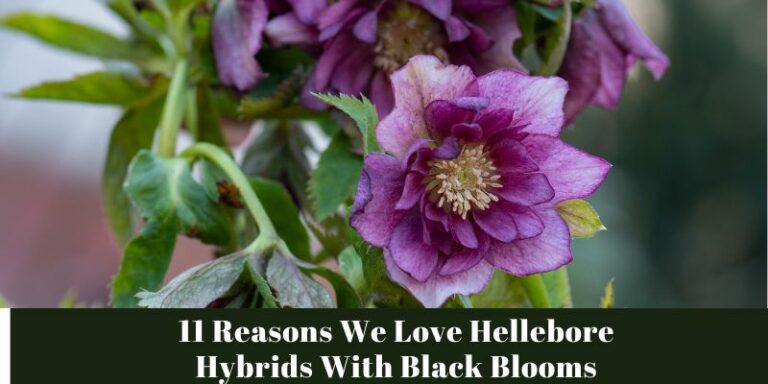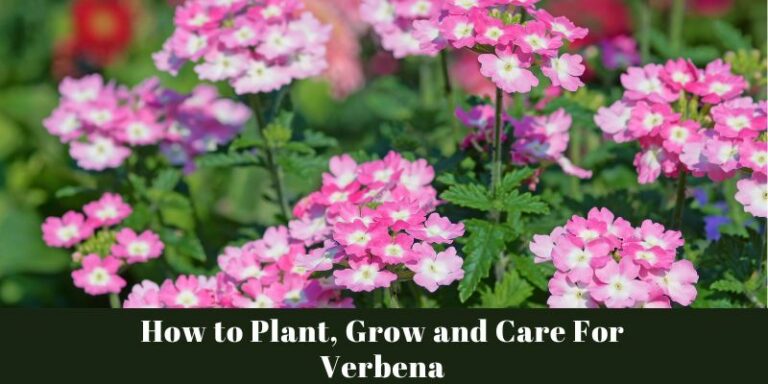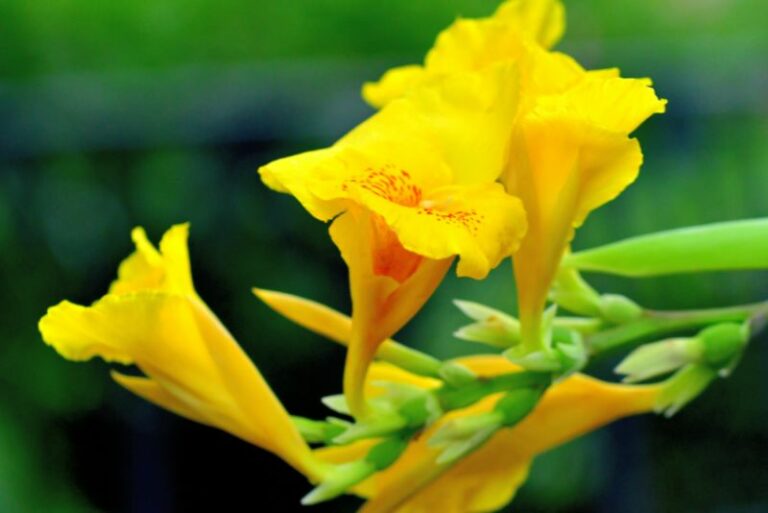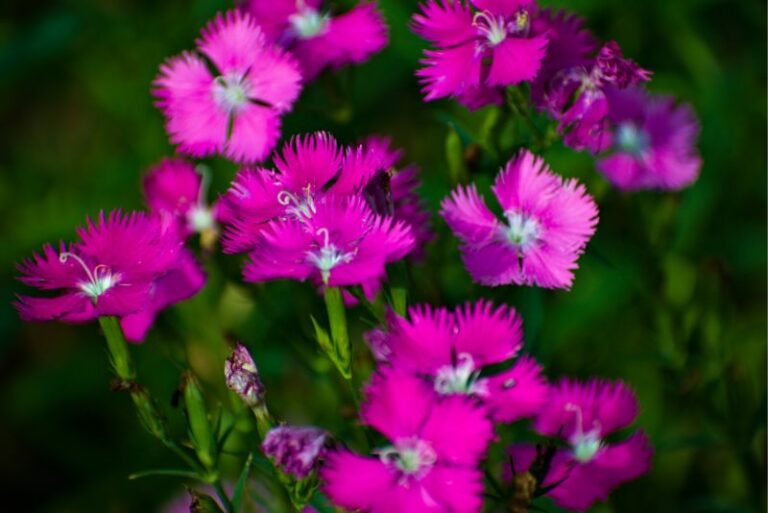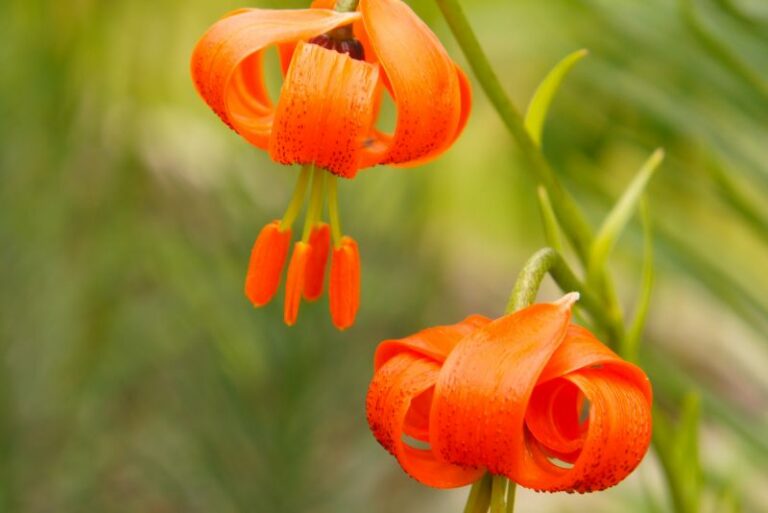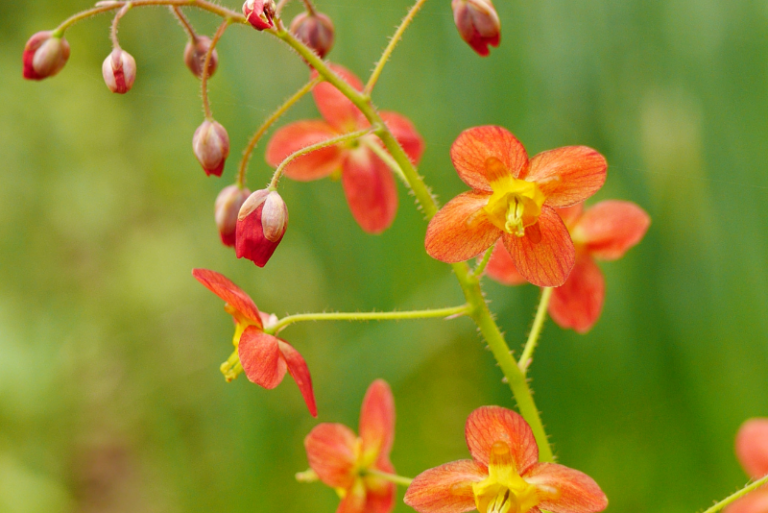A Gardener’s Guide: Identifying and Treating Common Nasturtium Diseases
Nasturtiums are vibrant, versatile, and famously low-maintenance plants — a favorite among gardeners and horticulture enthusiasts. However, despite their resilience, these cheerful blooms are not immune to the wrath of plant diseases and pests. In this comprehensive gardener’s guide, we’ll explore how to identify and treat common nasturtium diseases, empowering you to ensure your gardens shine with health and vigor throughout the growing season.
Nasturtium (Tropaeolum spp.) is a genus of roughly 80 species of annual and perennial herbaceous flowering plants. Known for their brilliantly colored, funnel-shaped flowers and rounded, lily pad-like leaves, nasturtiums add a burst of color to the garden and are available in trailing, climbing, and compact varieties. One of the charms of nasturtiums is their edibility — both the flowers and leaves can be added to salads and the seeds can be pickled as a caper alternative.
Identifying Common Nasturtium Diseases
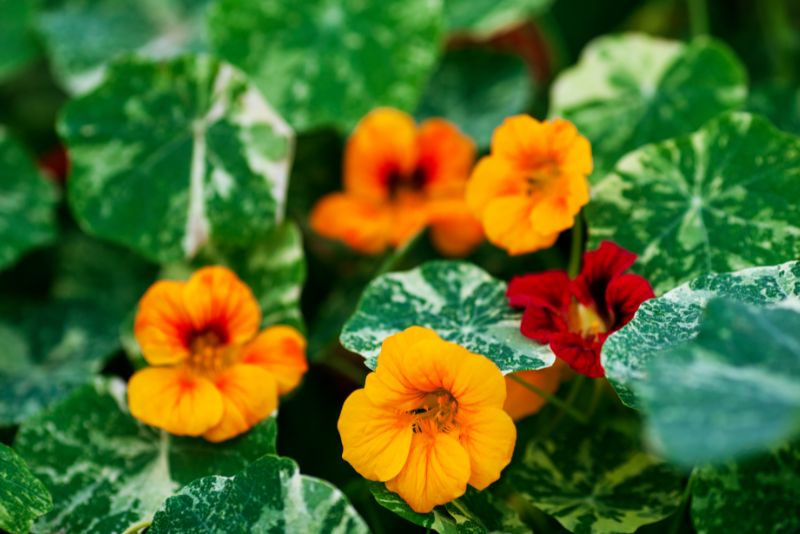
Powdery Mildew
One of the most common challenges facing nasturtium growers is powdery mildew. This fungal disease displays as a powdery white coating on plants’ leaves and stems, inhibiting photosynthesis and often stunting growth. It thrives in warm, dry conditions, making summer gardens a prime environment for its development. Early signs include the characteristic white powdery substance, leaf distortion, and eventual leaf drop. If left untreated, powdery mildew can weaken and even kill the plant.
Leaf Spot
Another fungal infection, leaf spot causes reddish-brown or purple spots with yellow margins, often leading to defoliation and a reduction in the plant’s aesthetic appeal. This disease is most prevalent in areas with prolonged periods of high humidity, and signs of leaf spot typically manifest on the oldest leaves first. Overhead watering and poor air circulation can exacerbate leaf spot issues.
Aphid Infestation
Nasturtiums are also particularly attractive to aphids, small sap-sucking insects that cluster on the undersides of leaves and along the stems. Aphids can be identified by their pear-shaped bodies and a variety of colors, including green, pink, or black. A telltale sign of an infestation is the presence of sticky, sugary honeydew on the leaves, promoting the growth of sooty mold and weakening the plant with their feeding.
Treatment Approaches
Natural Remedies
For powdery mildew and leaf spot, natural solutions such as neem oil, baking soda spray, or a mixture of milk and water can be effective. Neem oil acts as a fungicide and insecticide, smothering the spores or insects while also discouraging further infestation. Baking soda spray changes the pH of the leaf surface, creating an environment less hospitable to the fungi. A mild solution of milk and water (10% milk, 90% water) has been shown to suppress powdery mildew. When it comes to aphids, introducing ladybugs or lacewings to the garden provides a natural and beneficial predator to keep their populations in check.
Fungicides and Pesticides
In severe cases, synthetic fungicides and pesticides may be necessary. These should be applied according to the manufacturer’s instructions and with the utmost care to avoid harming beneficial insects or contaminating the environment. Always consider the risk-benefit analysis when using chemical treatments and evaluate whether more natural alternatives are available and appropriate.
Proper Plant Care Practices
Good plant care practices, such as proper spacing to encourage air circulation, watering at the base of the plant to keep leaves dry, and regular inspection for early signs of disease or infestation, are foundational in managing nasturtium health. These are preventive measures that, when paired with vigilant monitoring, often reduce the need for reactive treatments.
Preventive Measures
Soil Management
Healthy soil is the foundation of healthy plants. Ensure your garden soil is well-draining and not overly compacted, as this can lead to waterlogged conditions that contribute to disease. Additionally, amending soil with organic matter like compost or aged manure can improve its structure and encourage the growth of beneficial soil microorganisms that can outcompete disease-causing pathogens.
Watering Techniques
Watering is critical in preventing diseases. Overhead irrigation can lead to the wet conditions where fungal diseases prosper, so try to water the soil directly at the base of the plant. If your plants show signs of water stress, adjust your watering schedule to maintain consistent soil moisture levels without overwatering. Drip irrigation systems can be an effective way to achieve this balance.
Companion Planting
Companion planting is an age-old technique where different plants are grown together to improve each other’s health and yields. Nasturtiums can act as a ‘trap plant’ for aphids, drawing the pests away from more vulnerable garden plants. They also have the added benefit of being allelopathic, producing chemicals that deter some harmful soil nematodes.
Engagement with Audience
We want to hear from you! Share your experiences with treating nasturtium diseases, and any gardening hacks or wisdom you’ve accumulated. Is there a natural remedy that you swear by, or maybe a pest that you’ve found to be particularly problematic in your nasturtiums? Join the conversation and help your fellow gardeners elevate their gardening game.
Conclusion
Proactive plant care and early intervention are the keys to managing common nasturtium diseases. By understanding their symptoms, practicing good gardening habits, and employing the treatments outlined in this guide, you’ll be better equipped to maintain healthy and robust nasturtiums in your garden. Remember, an ounce of prevention is worth a pound of cure, and your garden will thank you for it with bountiful blooms and thriving plant life.

